
Groupshow
zero is the moon

zero is the moon, exhibition view © 2024 nova space of Bauhaus-Universität Weimar, courtesy of the artist, photo: Jannis Uffrecht
Advertisement
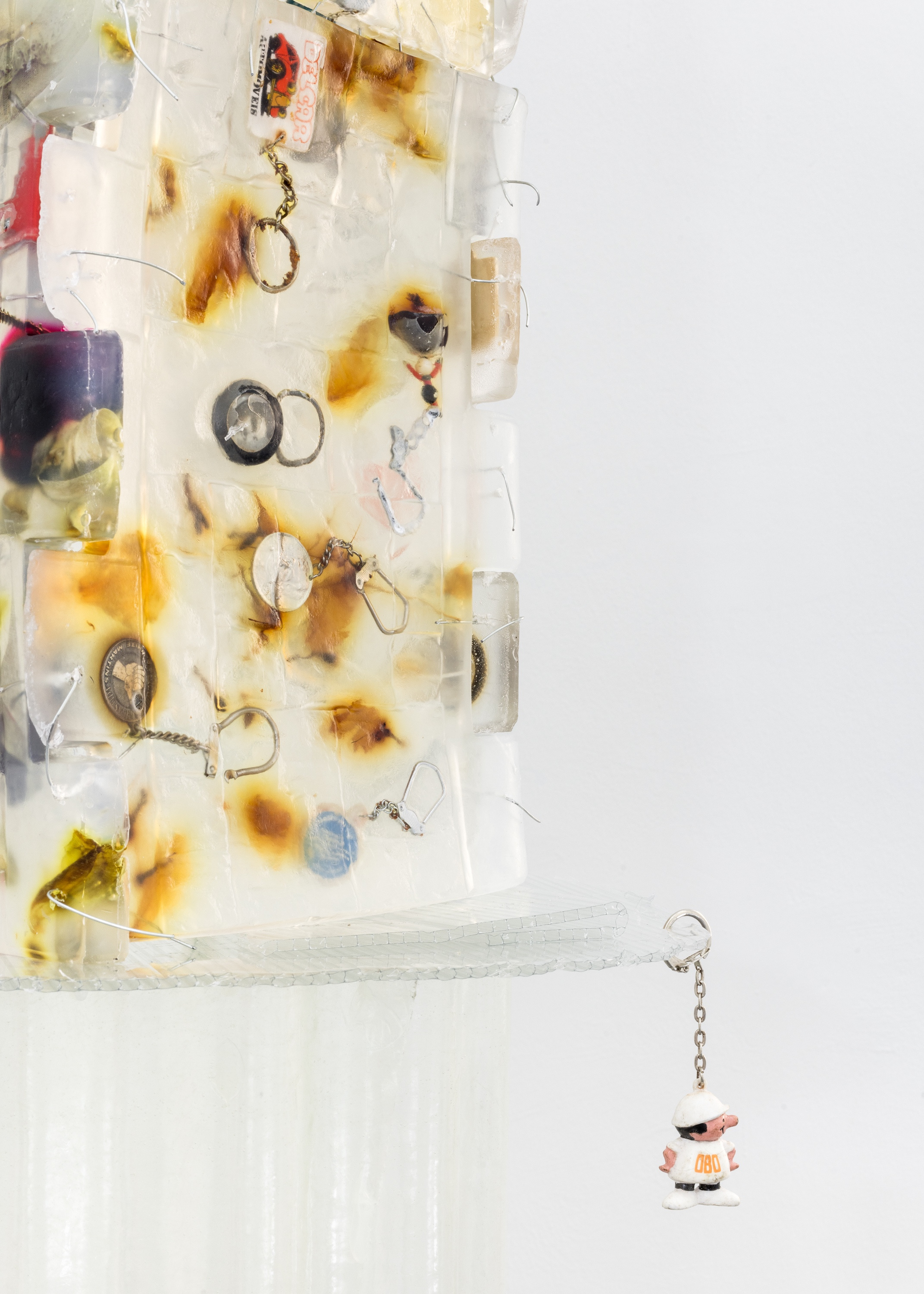
Fion Pellacini, Samuel Kon Engenharia - João Kon Aruitetura (OBO), 2023/24. Soap, historical key rings, vegetation, wire, digital printing, corrugated polyester © 2024 nova space, courtesy of the artist, photo: Jannis Uffrecht

zero is the moon, exhibition view © 2024 nova space of Bauhaus-Universität Weimar, courtesy of the artist, photo: Jannis Uffrecht

Anna Raczynska, Future Primitive, 2021. Wheat, dried flowers, steel, 130 x 140 x 20 cm © 2024 nova space of Bauhaus-Universität Weimar, courtesy of the artist, photo: Jannis Uffrecht
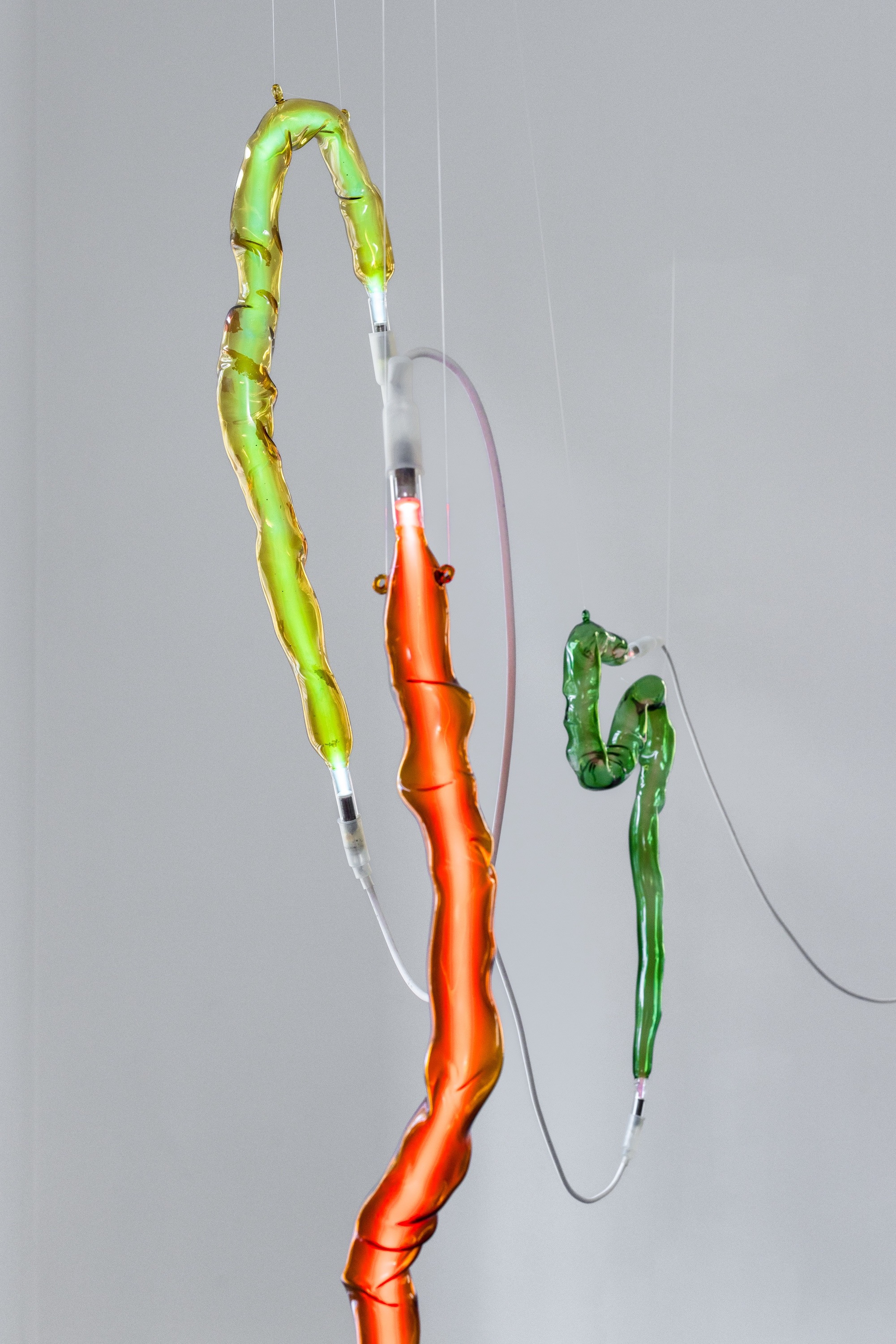
Saskia Fischer, Lights, 2022. Borosilicate glass, neon, argon, cable, transformer, dimensions variable © 2024 nova space of Bauhaus-Universität Weimar, courtesy of the artist, photo: Jannis Uffrecht
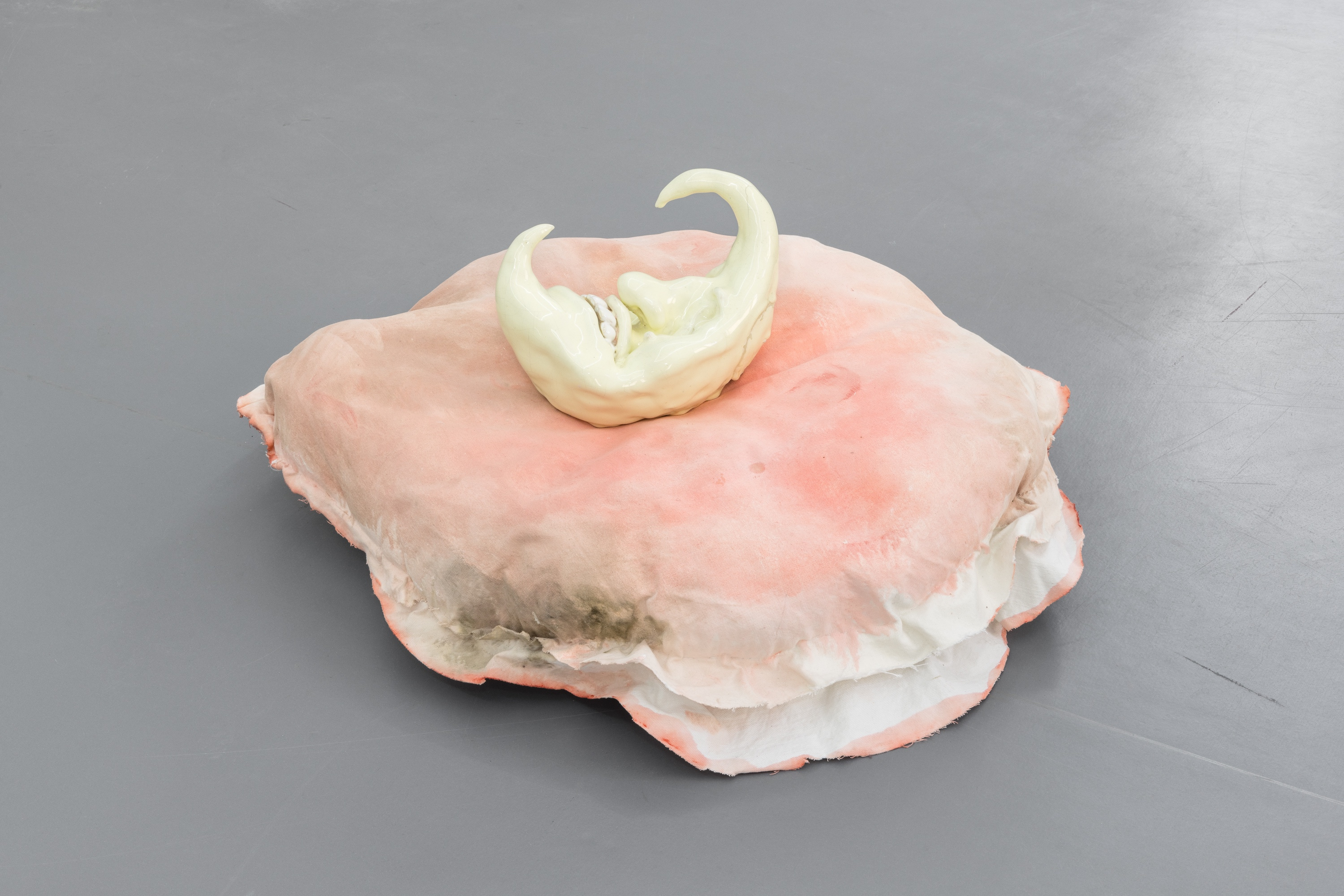
Nschotschi Haslinger, Mond, 2019. Glazed ceramic, cushion, 22 x 38 x 12 cm © 2024 nova space of Bauhaus-Universität Weimar, courtesy of the artist, photo
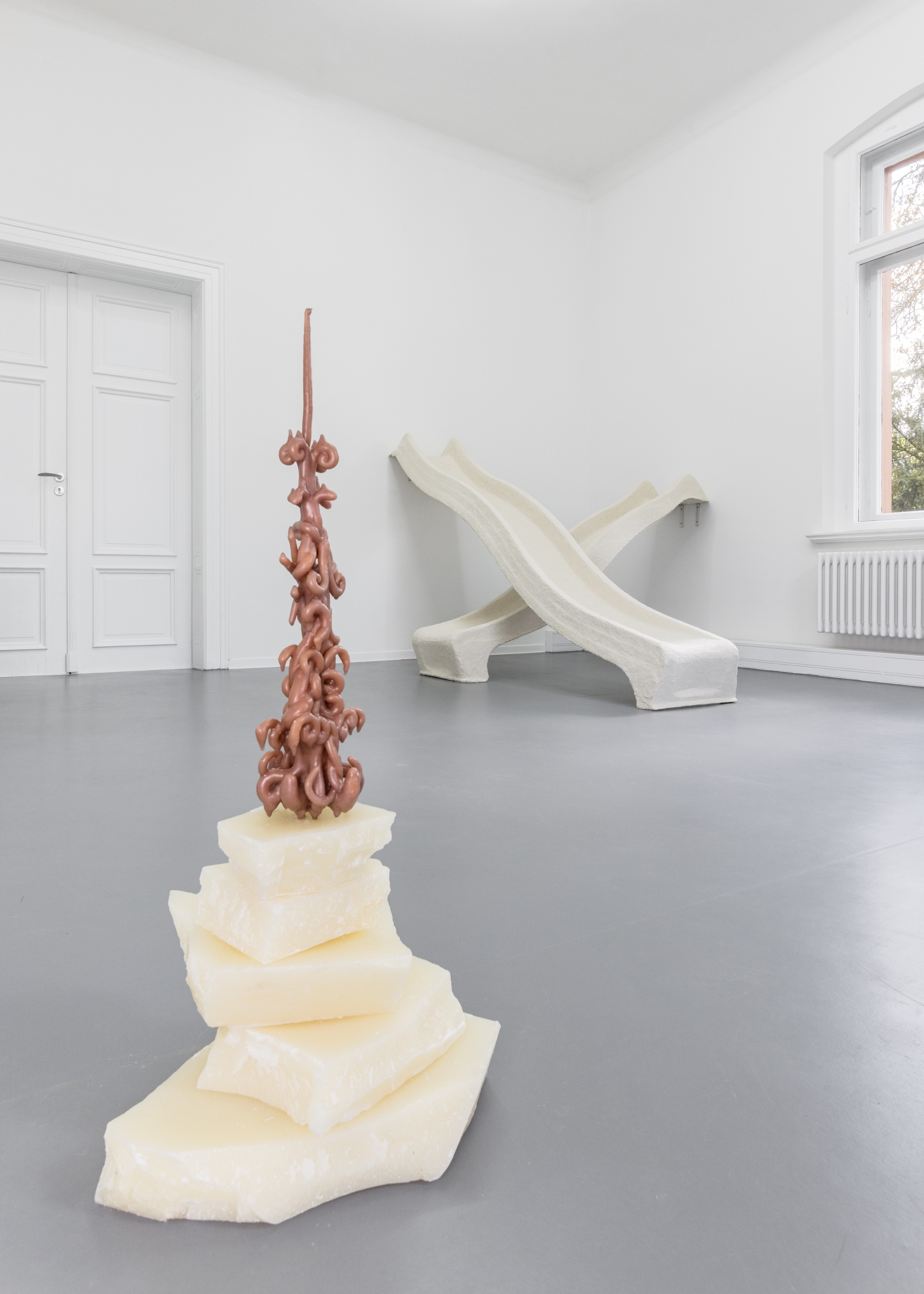
zero is the moon, exhibition view © 2024 nova space of Bauhaus-Universität Weimar, courtesy of the artist, photo: Jannis Uffrecht
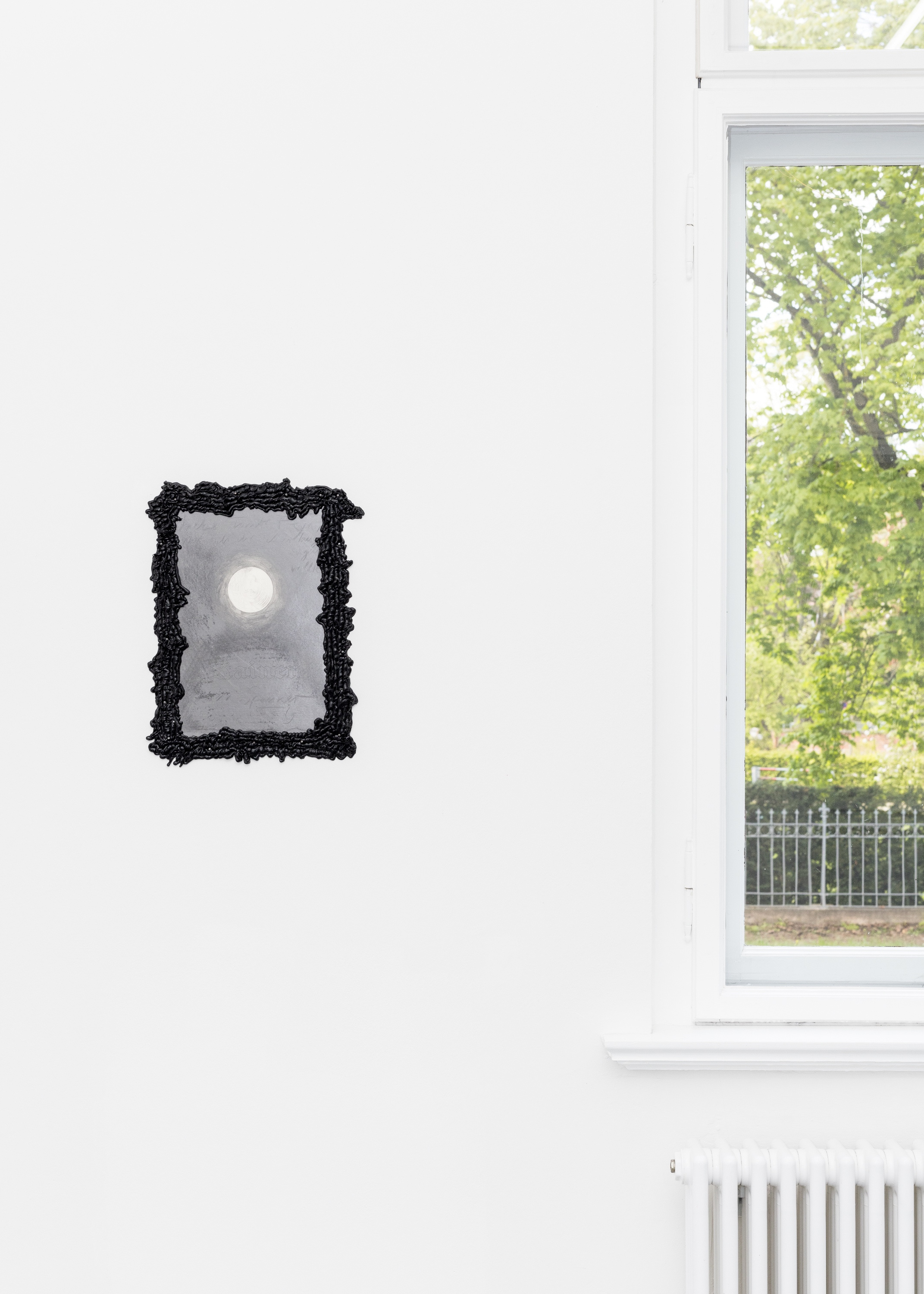
Maria Fabricius-Wendt, LIEBE GRÜßE, 2024. Graphite on paper, silicon, 42 x 30 cm © 2024 nova space of Bauhaus-Universität Weimar, courtesy of the artist, photo: Jannis Uffrecht

Passion Asasu, Hit me Baby One More Time!, 2024. Lenticular print on alu dibond, 100 x 60 cm © 2024 nova space of Bauhaus-Universität Weimar, courtesy of the artist, photo: Jannis Uffrecht
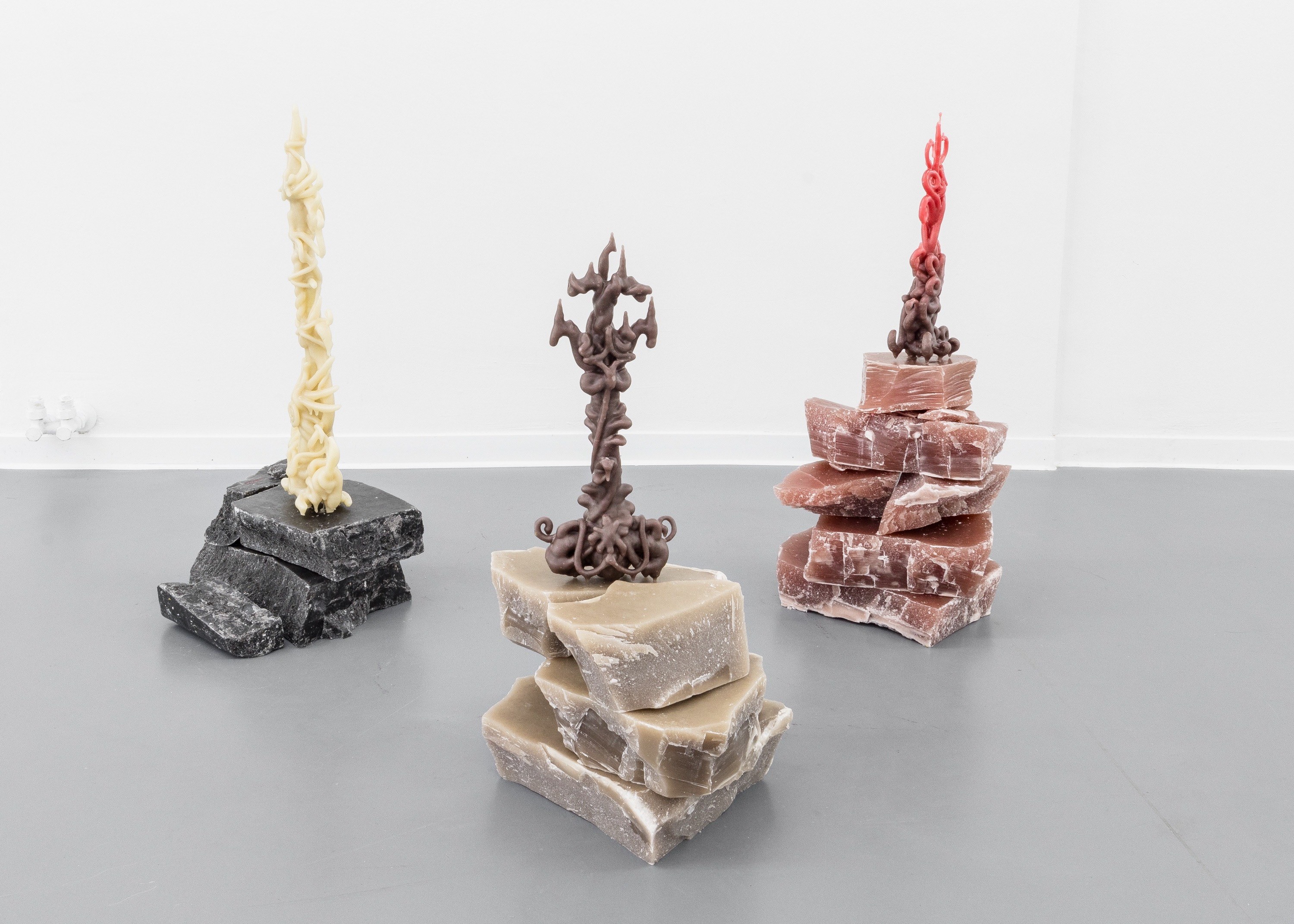
Vivien Sorrentino, The Bridal Body, 2024. Mixed wax, dimensions variable © 2024 nova space of Bauhaus-Universität Weimar, courtesy of the artist, photo: Jannis Uffrecht
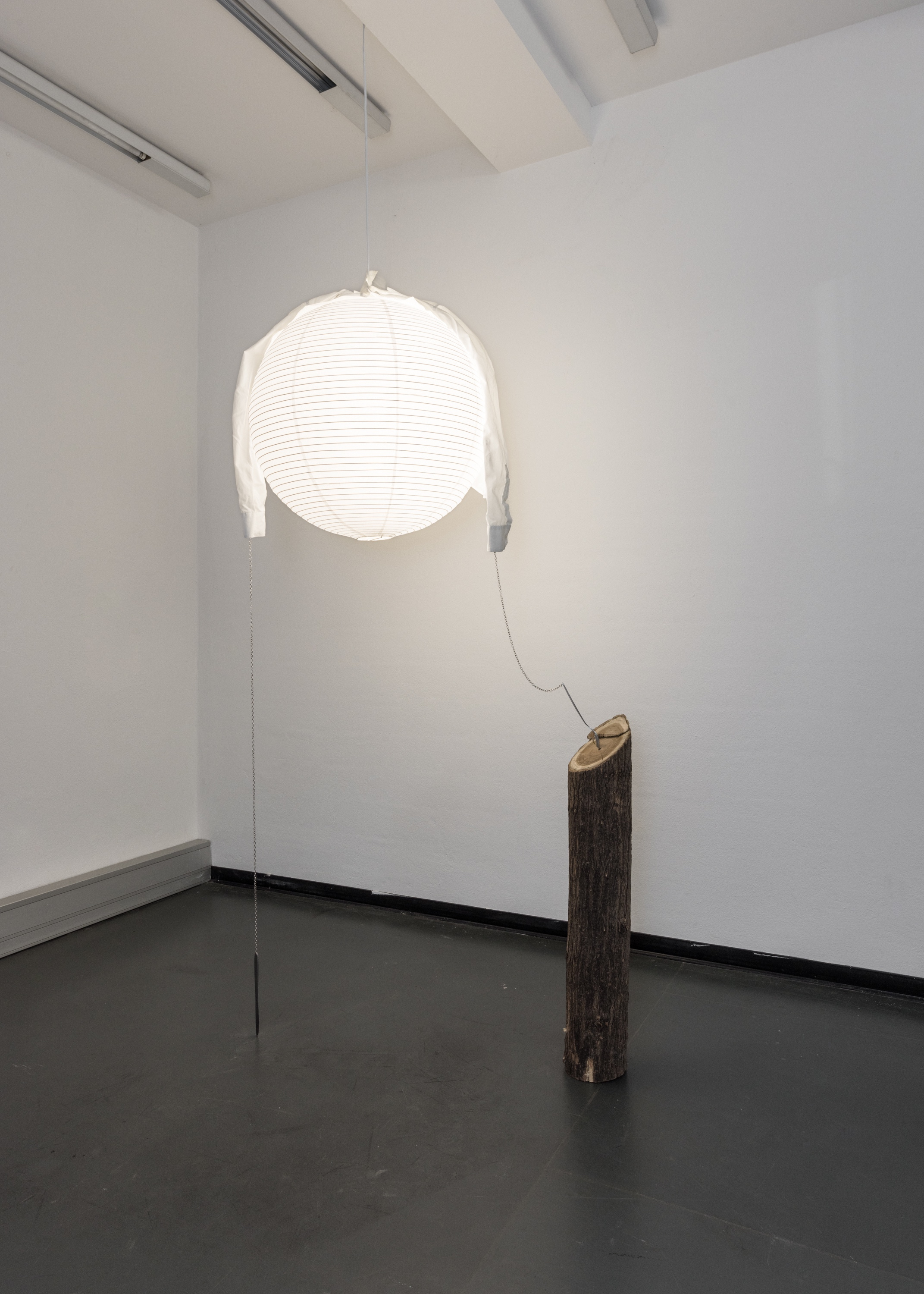
Mira Mann, imposter 2 (mercuryaristocrats), 2022. Paper lantern, light bulb, fork, knife, steel chain, locust trunk, shirt, 100 x 100 cm © 2024 nova space of Bauhaus-Universität Weimar, courtesy of the artist, photo: Jannis Uffrecht
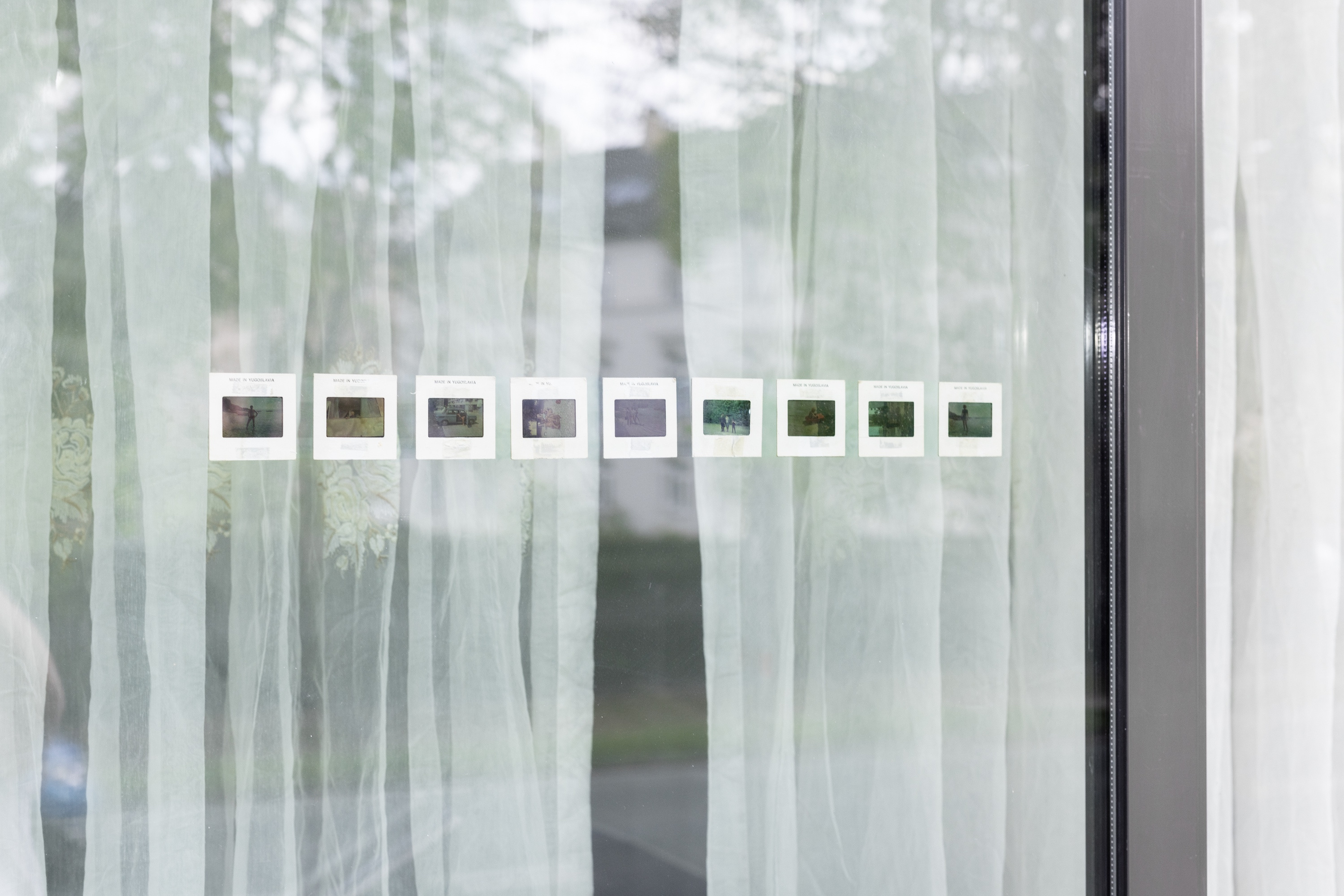
Stella Dragovic, Familienporträt, 2024. Curtains, slides, postcard, slides, dimensions variable © 2024 nova space of Bauhaus-Universität Weimar, courtesy of the artist, photo: Jannis Uffrecht

Fion Pellacini, Vejo a lua no céu, 2023. Soap, alcohol-based felt-tip pen, paper, wire, LED lights, dimensions variable. Collaboration with Pablo Schlumberger © 2024 nova space, courtesy of the artist, photo: Jannis Uffrecht
The exhibition zero is the moon centers on the possibilities of a new beginning. Every work of art can imply a new beginning, cherish a transforming thought, tell a novel story or discard an existing one.
"zero is the moon" is a quote culled from the universal, optimistic thought experiment of the artist group Zero from 1963, which has neither beginning nor end, knows neither temporality nor locality - according to this, everything is possible and can exist: "[...] pure possibilities for a new beginning as at the count-down when rockets take off".
The moon is taken up as a metaphorical figure in the exhibition. Its cyclical rhythm not only determines day and night or the tides. As a symbol of cultural history, the moon opens up a wide range of interpretations of human consciousness and its relationship to the world. Poetically and mythically charged, it stands for new beginnings, fertility and transformation. Apart from the (postmodern) idea of its habitability, the moon is read as a place of imaginary escape and, in a visually tangible distance, as an anchor point in the universe. Alternative worlds and dreams are projected onto it - as the observer of the world. The Earth‘s satellite refuses a fixed attribution: it is an extraterrestrial, universal space of possibility that finds itself in a threshold state.
Our earthly ways of life, by contrast, are determined by social norms, (daily) political and historical events. The unavoidable influence of these is reflected in the patriarchal and capitalist structures that shape our society, for example with regard to family constellations or gender concepts. Social structures are often perceived as hegemonies that demand conformity from individuals, causing migration or leading to identity conflicts and estrangement. Against the backdrop of past and current political upheavals, social divisions, ideological distortions and cultural tendencies towards suspension, the question of a potential new beginning arises frequently.
In "zero is the moon", the works of nine artists use biographical references to reveal social contradictions from which an overarching critique of the status quo is derived. They reflect on the persistence of dominant social ideas, break with norms or traditions and produce new, hybridized and fictionalized aesthetics or narratives - partly with and around the myth of the moon.
Against ideological rigidities, the artists explore spaces of possibility that allow for permeability, renewal and flexibility. They emancipate themselves from the conventional by creating irritations, individual mythologies and shifts in their own worlds of experience. This gives rise to their own narratives and speculative realities, whose diverse interpretations can lead to a collective convergence and attunement.
Sophia Schere




